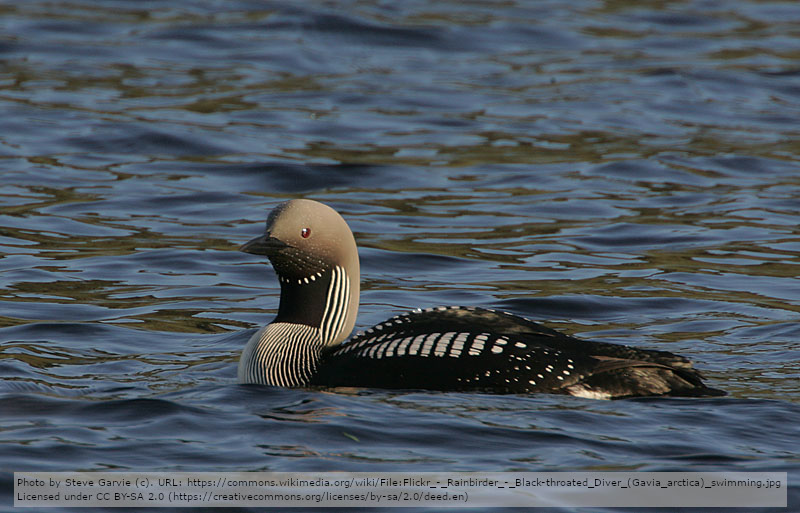Kvicksilverbelastningen hos svenska smålommar Gavia stellata och storlommar Gavia arctica
DOI:
https://doi.org/10.34080/os.v15.22754Nyckelord:
antropogena effekter, utsläpp, äggmorfologi, häckningsframgångAbstract
We investigated concentration of mercury in eggs of Red-throated Diver Gavia stellata and Black-throated Diver Gavia arctica collected in South and Central Sweden, 1981—1997. In South Sweden (Sydsvenska Höglandet), mean concentration in Red-throated Diver eggs was remarkably high (6.84 ppm dry weight, 5 pairs), or more than three times as high as in Black-throated Diver eggs (2.11 ppm dry weight, 16 pairs). In Central Sweden (Svealand), the concentration in Red-throated Diver eggs (3.04 ppm dry weight, 8 pairs) was significantly lower than in South Sweden, but still higher than in Black-throated Diver eggs (1.21 ppm dry weight, 5 pairs). In Black-throated, but not in Red-throated Diver, there was higher mercury concentrations in eggs from pairs fishing in lakes affected by acidification. We found no relationship between mercury and breeding success, although concentrations in single Red-throated Diver eggs exceeded the level associated with high risk of impaired reproduction. We recommend that mercury concentration of diver eggs should be further monitored, with reference to the risks of increased exposure, related to leakage from terrestrial deposits of air-borne transmissions to freshwater habitats.
Nedladdningar

Downloads
Publicerad
Referera så här
Nummer
Sektion
Licens
Författaren/författarna innehar copyright för varje enskilt bidrag, men samtliga bidrag är publicerade under en Creative Commons-licens, så att vem som helst kan dela och återanvända bidraget förutsatt att copyright-innehavaren erkänns.







